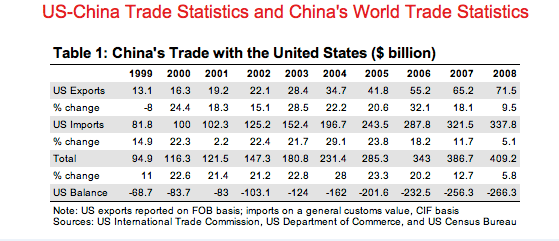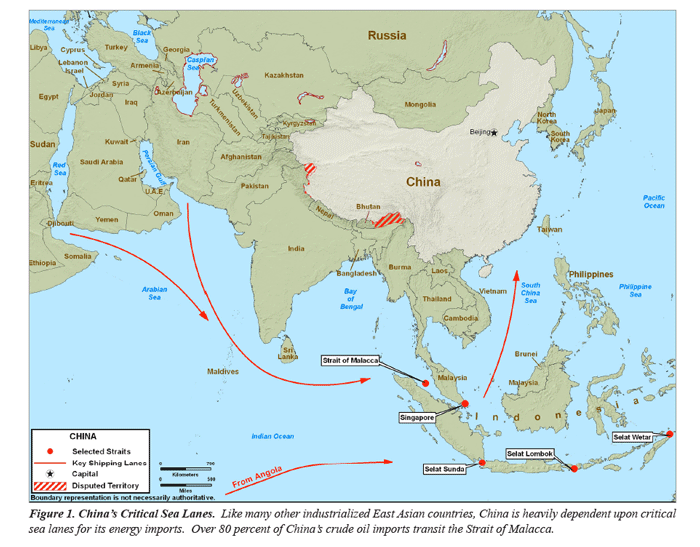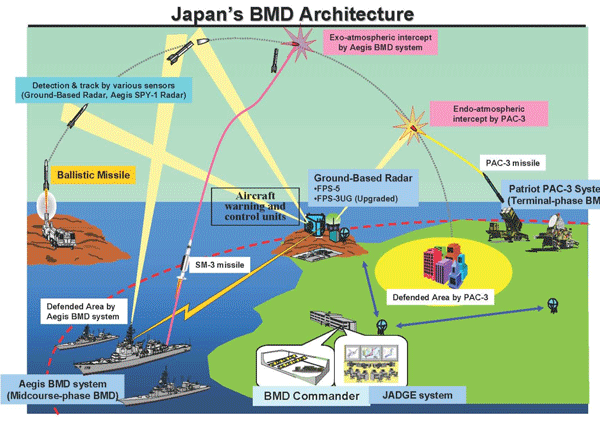Trade and the job creation triggered from trade is clearly one pillar of such a strategy. Re-assuring China and Japan about the continued viability of the US economy as the US government expands its debt portfolio is clearly another. And coming to terms with the manufacturing juggernaut of China seems prudent, although the US needs to seek to more closely align strategic and defense policy with the economic independence around which Chinese manufacturing and the developed world seemed to have forged. Another element is the clear desire by the Administration to engage China and Asia in dealing with the “new security issues” of climate change and countering environmental pollution.
But, as Harold Malmgren points out, the way the President presented these issues seemed less global and more Chinese centric and, as such, will lead in the author’s words, to the President needing “to spend time reassuring other friends of the US that they still matter.” He adds that “the economic dynamic being set in motion by Washington with Asia will likely alter the security dynamics of much of the rest of the world (…)”.
Fitting the two pieces of strategy together, macroeconomics and defense, has long been a problem for Washington. It certainly is not unique to the Obama Administration. But the Chinese dynamic poses special problems for strategic coherence. The Chinese clearly have seen a significant growth in their global economic role, and with it enhanced uncertainties about the ability of their authoritarian government to manage the consequences of that growth.
source: http://www.uschina.org/statistics/tradetable.html
A Twin Dynamics
The twin dynamics of significant macro economic growth with the adaptation of an authoritarian state to that growth has created a unique challenge to US power. It is a country both central to manufacturing, trade and economic growth and a challenge to US management of global affairs. The economics suggest interdependence; the politics suggest a zero-sum approach to shifting global trends to Chinese advantage.
This twin reality – interdependence and positioning for advantage – does not fit well into either Washington ideology of liberal democracy or conservativism.
For a liberal such as President Obama, economic interdependence must carry with it a basic reality of multiple-sum politics and agreement upon global management. Hence, “China is not a threat.”
Yet the Chinese leadership is clearly trying to leverage the current economic crisis to their advantage. They seek to manage their access and control over global commodities to enhance their growth after the recession. And they don’t seem to environmentally green in doing so.
They seek geo-political advantage where the US is not well positioned (Africa) or in the process of withdrawing (Iraq). They are investing in military technologies, which well position them in competition with advanced powers, whether it be computers, communications, nano-technology or missiles.
source: OSD Annual Report to Congress, Military Power of the People’s Republic of China 2009
They are investing in the aerospace business to build up a capability to export planes and to participate in space. They are exporting missiles and planes in recognition that there is a very significant global arms market that will NOT be dominated by the West over the next twenty years.
The Chinese military seeks to project power from the mainland to “protect” China deep into the sea-lanes and airspace of their adjacent waters. This may not be a “threat” but the actions certainly provide a statement (see on this issue: CNN News Video; You Tube video).
Although difficult for Washington conceptually to trade economically and compete in the military-political domain, the political consensus in Washington must learn to live with this if the US is to be successful in dealing with China.
source: Japan’s MoD, Japan’s BMD , September 2008
A Balancing Act
The other major power with which the President dealt with was Japan on this visit. The new Japanese government is seeking to re-define its global role and, notably, to do so by re-balancing its relationships with the United States and China. Here the challenge for the Administration is to ensure that the Japanese remain engaged as one of the key global allies for the United States without pushing the Japanese further towards China.
Key tools, which are hand for the Administration, are core military capabilities for which the Administration seems itself an uncertain partner. Cancelling the F-22 without seriously considering exports for Japan and Asia are good manifestation of strategic agnosticism. The continued inability to execute export reforms is a singular display by the Congress and the Administration of an inability to understand that the US will be building multi-mission power projection weapons which required complex agreements with allies to ensure exportablility and compatibility as we collectively shape coalition capabilities. For example, getting Aegis and F-35 to function together as coalition capable and interchangeable systems will be crucial to a viable Pacific strategy.
Yet Washington made a commitment to build a new missile defense system in Europe around the SM-3 missile without clear consideration of what the Japanese would do. The missile is a joint Japanese-US missile not simply a US product.
The Japanese are significant investors in the US and the builders of the most successful automobile companies in the US, which export globally from the United States. Of course, these companies are in the South and not the beneficiaries of the US bailout of the “US auto industry,” an auto industry defined as dominated by Detroit. The strategic consequences of emphasizing a declining Detroit over an ascendant South in the auto industry was never publically discussed by the Obama Administration.
In short, shaping an effective strategy towards Asia and beyond requires leveraging the remaining US power projection capabilities within an overall macro-economic strategy. Pursuing one without the other will leave the US a global power beholden to its Asian bankers and to the global players building the 21st century military technological revolution. Not every global player is betting its future on the MRAP.
———-
***Posted December 19th, 2009




